AFI
SOURCE: AFI


The Trishakti Sappers, the engineering unit of the Indian Army’s Trishakti Corps headquartered in Sukna near Siliguri, have received national acclaim for their groundbreaking innovation: the Advanced Flood Monitoring System (AFMS). This state-of-the-art system is designed to mitigate the devastating effects of flash floods in the Himalayan state of Sikkim, a region prone to extreme weather events and glacial lake outburst floods (GLOFs).
The Trishakti Sappers were honored at Inno Yodha, a national-level event hosted by the Indian Army in Delhi, for their contribution to disaster management and defense preparedness. This recognition underscores the critical importance of the AFMS in safeguarding lives, infrastructure, and military assets in vulnerable regions.
Continue readingSOURCE: AFI


Global News, a prominent Canadian media outlet, has recently found itself at the center of a social media storm following its publication of an article that accused India of using visa denials to Khalistani supporters as a form of foreign interference. The report has ignited a wave of criticism and mockery from various Indian quarters, both within Canada and back in India.
Global News’ piece suggested that India’s decision to deny or restrict visas to individuals sympathetic to the Khalistani movement was a strategic move to influence Canadian politics and diaspora communities. This narrative has not sat well with many in the Indian community, who have taken to social media to express their discontent.
Continue readingSOURCE: AFI
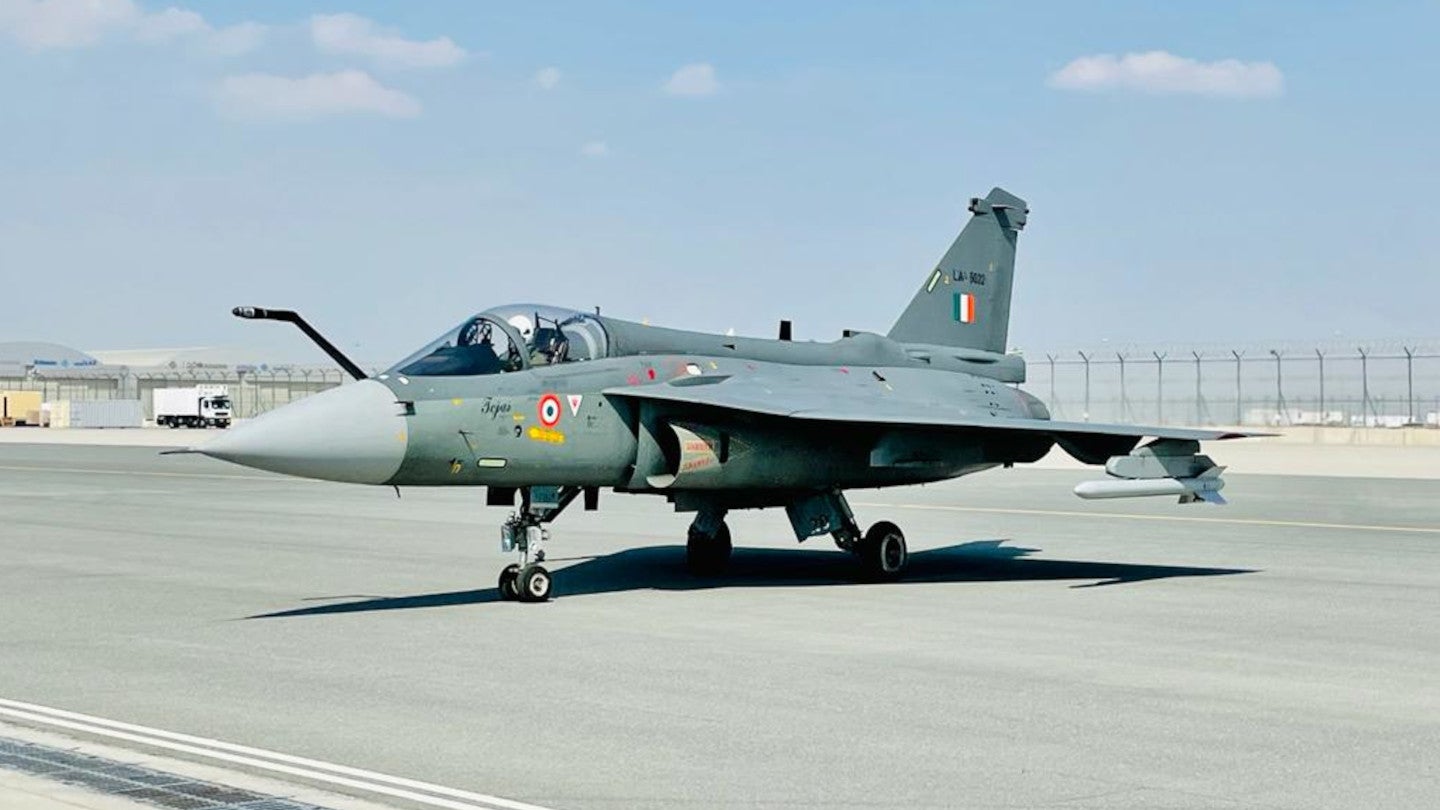

Hindustan Aeronautics Limited (HAL), India’s premier aerospace and defence company, has successfully completed the Nasik production line for the much-anticipated LCA Tejas Mk1A fighter jet. The first aircraft rollout from this facility is scheduled for March 2025 .
The third production line for the Light Combat Aircraft (LCA) was inaugurated in 2023 by Defence Secretary Giridhar Aramane at HAL’s Nashik facility. This move aimed to accelerate the production of LCA Tejas Mk1A jets, a more advanced variant of the original LCA Tejas.
Continue readingSOURCE: AFI


Bharat Electronics Limited (BEL), a leading public sector undertaking under the Ministry of Defence, has secured additional orders worth Rs. 634 Crores since its last disclosure on November 8, 2024.
These significant orders encompass a wide range of defense and civilian products and services, including:
Continue readingSOURCE: AFI
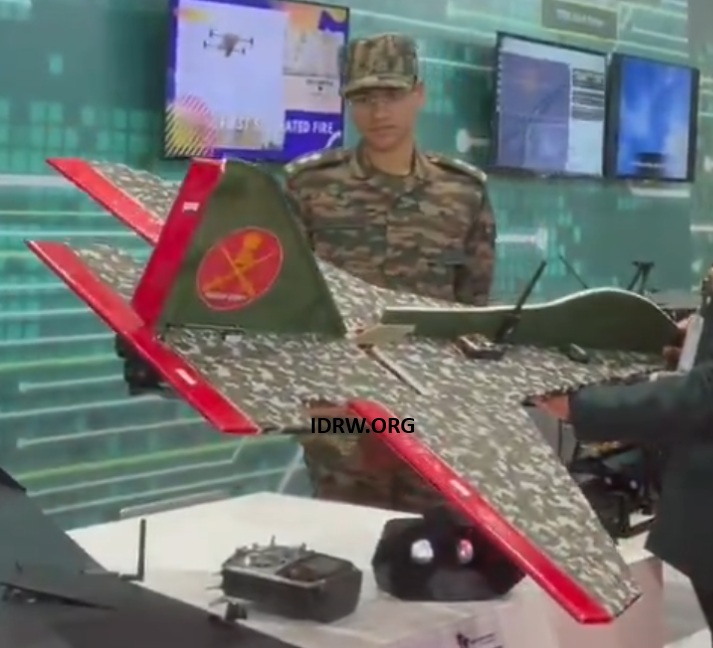

An Indian Army officer has successfully developed the KHARGA Kamikaze Drone, an innovative and cost-effective aerial system tailored for modern battlefield requirements. Priced at approximately ?30,000 per unit, this lightweight, easily fabricated drone is designed for Intelligence, Surveillance, and Reconnaissance (ISR) operations as well as precision kamikaze strikes against enemy forces.
The KHARGA Kamikaze Drone features a minimalistic design that emphasizes affordability and ease of production. Constructed from materials resembling cardboard, the drone is not only lightweight but also simple to manufacture in large quantities, making it ideal for rapid deployment during conflict scenarios.
Continue readingSOURCE: AFI
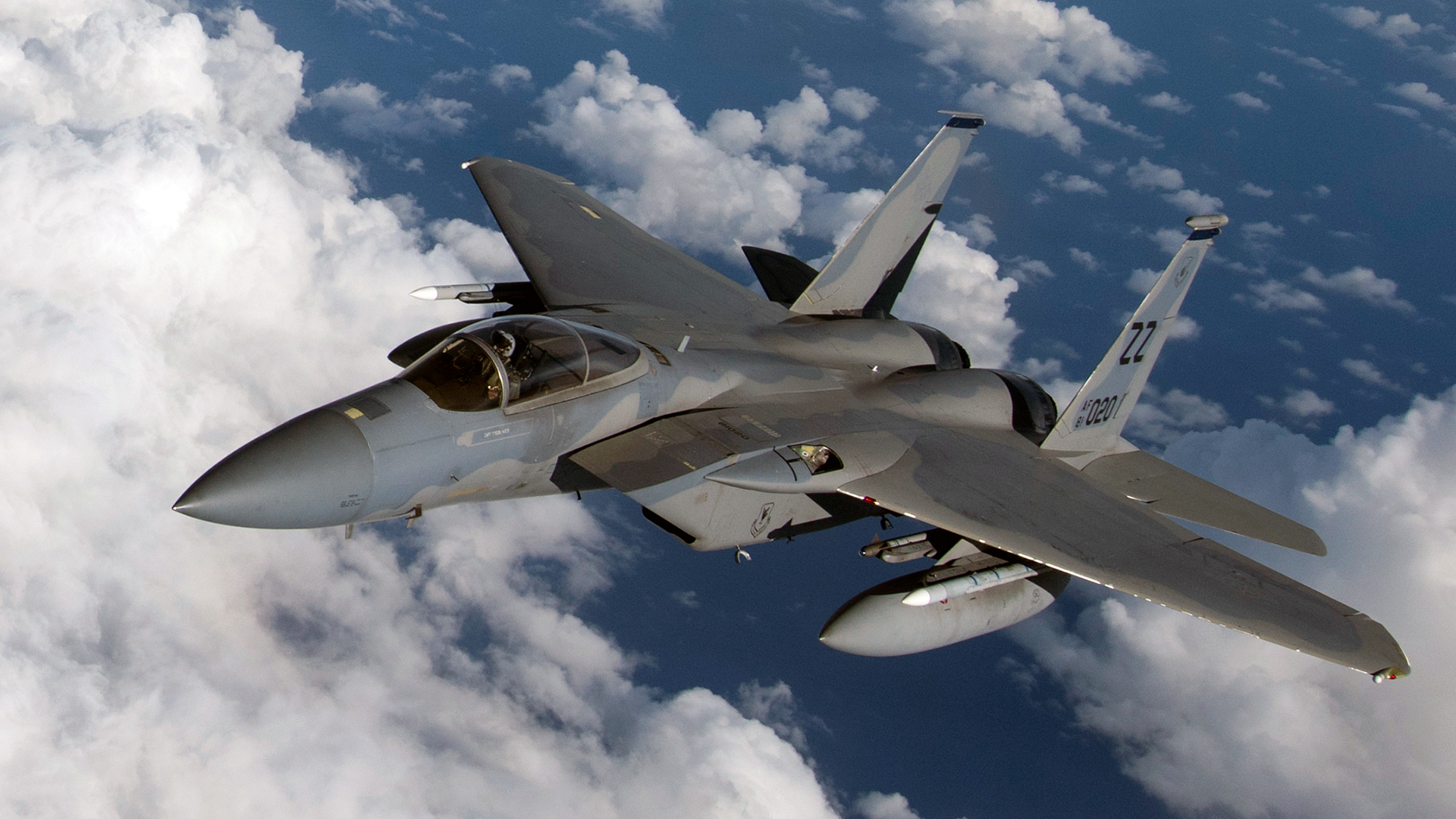

The advanced capabilities of American fighter jets such as the F-35, F-16, and F/A-18 Super Hornet make them attractive options for air forces around the world. However, the persistent rumors and concerns about the inclusion of a “kill switch” or backdoor in these jets raise critical questions about sovereignty and operational independence. For India, which values its strategic autonomy, these concerns should be carefully considered when evaluating U.S. fighters for the Indian Air Force (IAF) and Navy.
A “kill switch” refers to a feature or backdoor mechanism, often software-based, that allows the manufacturer or supplying nation to disable or degrade the performance of a weapon system remotely. While officially unacknowledged by the U.S., multiple incidents and the increasing complexity of software-reliant defense platforms have fueled speculation about its existence in American-made military equipment.
Continue readingSOURCE: AFI


India has issued a Notice to Airmen (NOTAM) for naval firing exercises scheduled to take place in the Bay of Bengal on December 18 and 19, 2024. The designated area for these operations extends up to 800 km, a range indicative of a potential missile test. Speculation points to either the BrahMos-ER (Extended Range) supersonic cruise missile or the ITCM (Indigenous Technology Cruise Missile) being tested from a naval warship for the first time.
The NOTAM outlines an 800 km range for the designated area, signaling a significant operational test involving advanced naval weaponry. The timeframe and location suggest preparations for validating the performance of critical missile systems under realistic maritime conditions.
Continue readingSOURCE: AFI


@in20im
In a development that has raised concerns over regional security, a Bangladeshi Bayraktar TB2 UAV has been spotted near the Indian state of Meghalaya, with reports indicating that the UAV is likely operating from Air Base Bashar in Dhaka. The UAV, identified by its transponder code TB2R1071, is the same drone that was previously observed near West Bengal, further intensifying regional surveillance activities.
The presence of the Bayraktar TB2 near the Indian border is part of a growing pattern of UAV deployment by Bangladesh, with the Bayraktar TB2 being a Turkish-made medium-altitude, long-endurance drone. The sighting of this drone in Meghalaya follows its previous sightings near West Bengal, as reported by AFI (Aerospace and Defence India).
Continue readingSOURCE: AFI
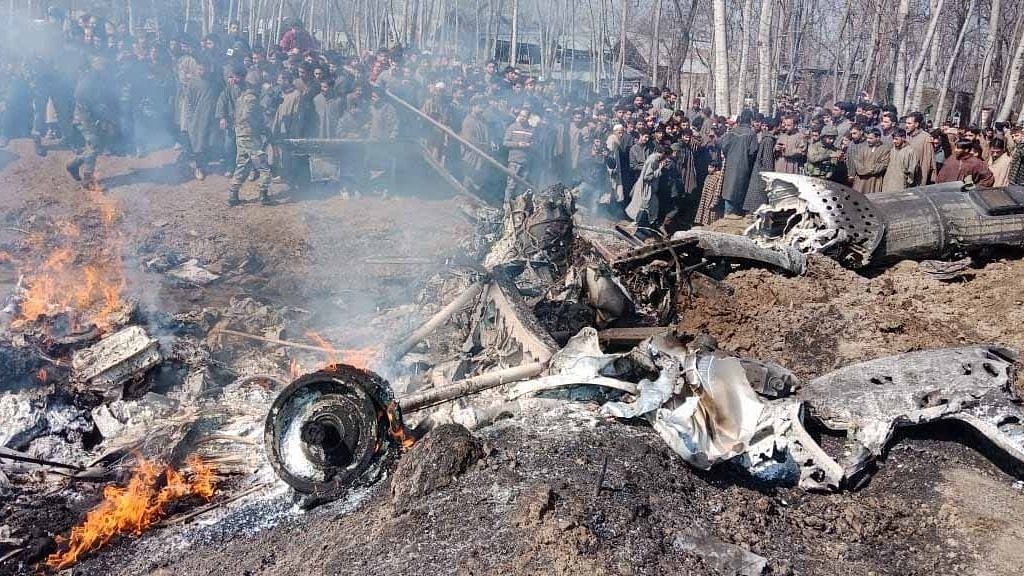

The Indian Army has made significant strides in military technology with the development of the NABH AI system. This innovative system, the brainchild of Colonel Prashant Thakur, is designed to accurately identify aircraft within a matter of seconds.
The NABH AI system operates by capturing images of aircraft and feeding them into an advanced AI program. This program, trained on a vast database of aircraft models, analyzes the image and identifies the specific aircraft within 6-8 seconds.
Continue readingSOURCE: AFI


Colonel Vikas Chaturvedi, a visionary officer in the Indian Army, has spearheaded the development of the Baaz Unmanned Aerial System (UAS), a formidable weapon capable of revolutionizing modern warfare. This indigenous drone, equipped with the ability to fire rocket launchers, is a first for the Indian Army, significantly enhancing its firepower and operational capabilities.
The Baaz UAS, a versatile platform, is designed to carry a wide range of payloads, including small arms, automatic grenade launchers, mortar bombs, and explosives. This makes it suitable for various military applications, such as anti-tank operations, bunker destruction, targeting administrative areas, ammunition dumps, and command and control centers. Additionally, it can be employed in counter-insurgency and counter-terrorism operations, as well as for logistical support in forward areas.
Continue readingSOURCE: AFI
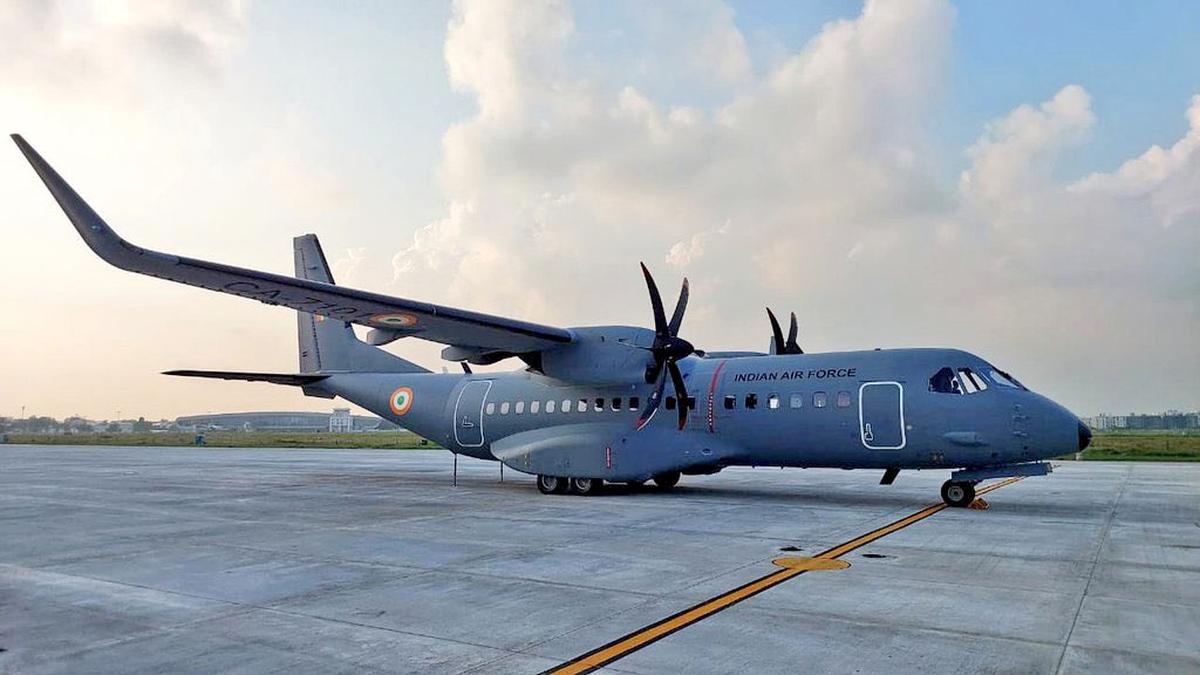

In a significant boost to India’s defence aviation capabilities, the first C-295 military aircraft to be entirely manufactured in India under the “Make in India” initiative is expected to be delivered by September 2026, with the final one slated for delivery in August 2031.
With the indigenous manufacturing process at its core, the C-295 program will not only strengthen India’s defense capabilities but also pave the way for technological advancements in India’s aerospace industry. The project will contribute to a long-term industrial partnership, involving the creation of an aircraft manufacturing facility in Gujarat, which will be developed by Tata Advanced Systems Limited (TASL), Airbus’s Indian partner for this project.
Continue readingSOURCE: AFI
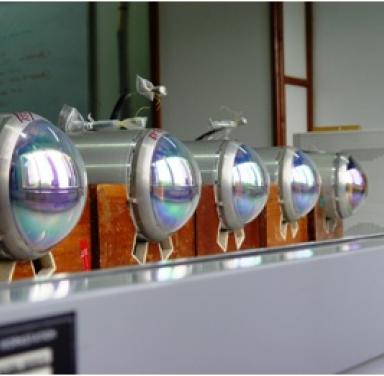

In a significant achievement under the Technology Development Fund (TDF) program, the Solid State Physics Laboratory (SSPL) and the Research Centre Imarat (RCI), in collaboration with industry partner M/s Techno Craft Industries India Ltd, have successfully demonstrated a high-performance miniature Joule-Thomson (JT) cooler. This breakthrough holds immense promise for India’s indigenous defense technology landscape, particularly in the domain of advanced infrared (IR) seeker systems.
The miniature Joule-Thomson cooler is a vital component in infrared seekers, which are essential for precision-guided munitions, including air-to-air missiles, anti-tank guided missiles, and other advanced weaponry. The cooler ensures rapid cooling of IR sensors to extremely low temperatures, enhancing their sensitivity and operational efficiency. Its compact size, high performance, and reliability make it indispensable for modern missile systems.
Continue readingSOURCE: AFI


@in20im
A spokesperson for Bangladesh’s Ministry of Defense has firmly denied allegations of drone deployment near the country’s border with India, stating: “Bangladesh has not deployed any drones, apart from its routine activities, in any parts of the country.” The statement comes in response to reports from AFI suggesting the operation of Turkish-made Bayraktar TB2 drones near the West Bengal border.
AFI was the first to claim that Bangladesh had deployed advanced Bayraktar TB2 drones, allegedly to monitor areas bordering India, citing increased tensions in bilateral relations. We now disclose that TB-2 activity was seen in the Sharsha area of Bangladesh, directly opposite the Bangaon region in West Bengal. To substantiate its claims, AFI released a screenshot of flight details for a drone identified as TBST1071, purportedly operating in the area on 3rd December 2024.
Continue readingSOURCE: AFI


Recent revelations about alleged links between the Organized Crime and Corruption Reporting Project (OCCRP) and certain U.S. entities have reignited discussions about foreign influence on India’s defense procurement processes. OCCRP-affiliated journalists were central to propagating allegations of corruption in India’s Rafale deal, despite it being a transparent government-to-government agreement. This has led to calls for a review of American companies’ participation in India’s Multi-Role Fighter Aircraft (MRFA) tender.
The Rafale deal, signed between India and France in 2016, involved the procurement of 36 Dassault Rafale fighter jets to bolster the Indian Air Force (IAF). Despite its strategic importance and transparent nature, the deal was mired in accusations of favoritism and inflated pricing, driven by reports from journalists linked to OCCRP. The allegations were eventually dismissed by the Supreme Court of India and a parliamentary review, but the controversy temporarily strained relations with France and delayed modernization efforts.
Continue readingSOURCE: AFI
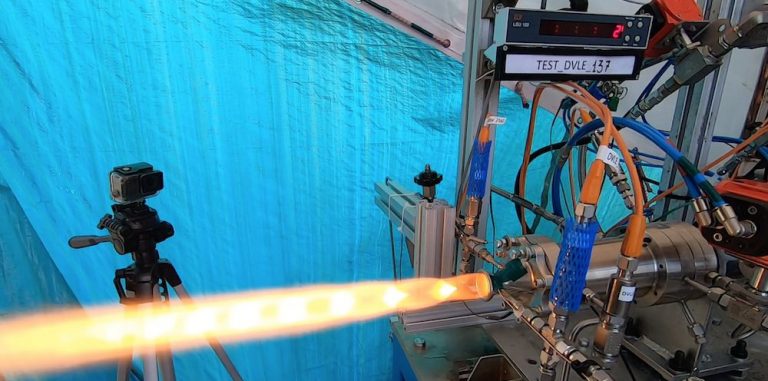

Mumbai-based startup ManastuSpace has reached a major milestone by transferring its indigenous Green Propulsion System technology to the Defence Research and Development Organisation (DRDO). Founded in 2016 by Tushar Jadhav (28), a former DRDO scientist, and Ashtesh Kumar (25), a technologist from IIT Bombay’s Pratham student satellite project, ManastuSpace is revolutionizing satellite propulsion systems with a focus on sustainability and cost efficiency.
Tushar Jadhav and Ashtesh Kumar crossed paths while working on Pratham, a 10 kg student satellite project at IIT Bombay designed to count electrons in the ionosphere. With complementary backgrounds—Tushar in Aerospace Engineering (BTech and MTech) and Ashtesh in Mechanical Engineering (BTech and MTech)—they combined their expertise to develop a green alternative to traditional satellite propulsion systems.
Continue reading